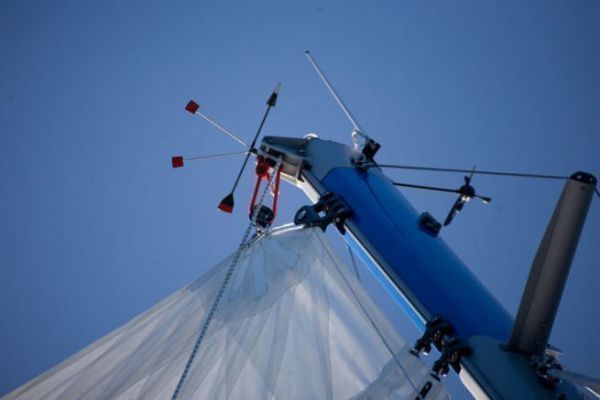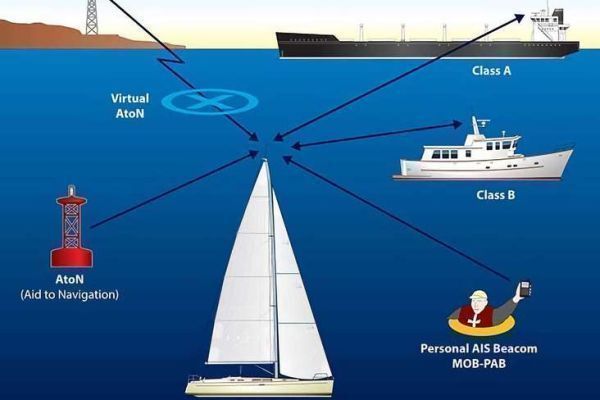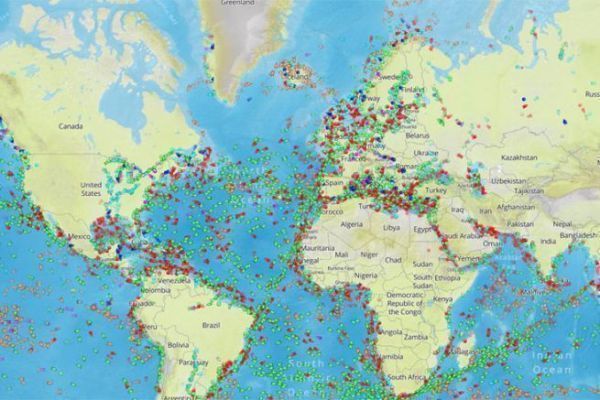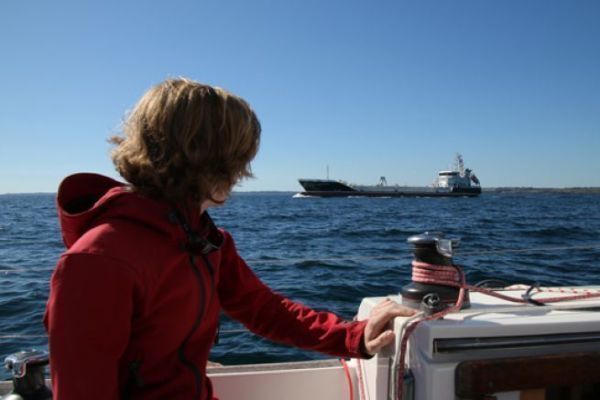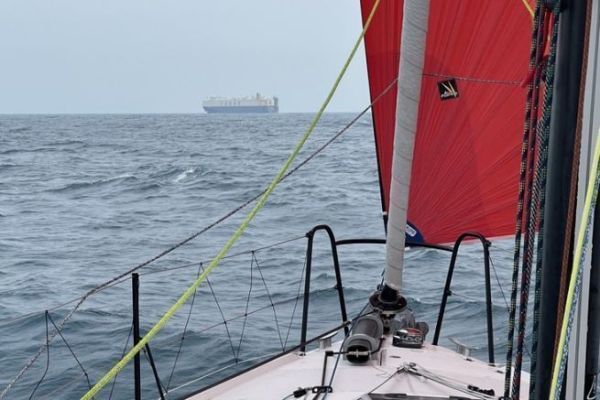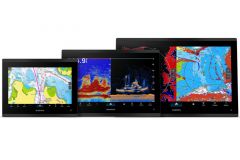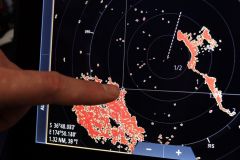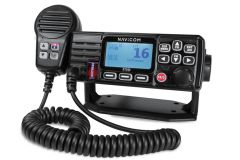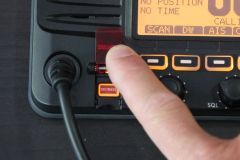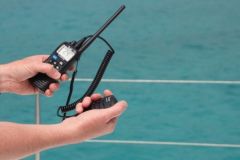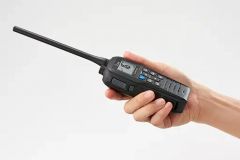The answer to this question depends on the type of AIS you have and the configuration of your boat. There are two possible options: use a single VHF antenna for both AIS and VHF, or use two separate VHF antennas for AIS and VHF. The AIS system operates on 2 VHF channels. It could therefore use the same antenna as the onboard VHF. Except that an antenna can only transmit one signal at a time. So it's either the AIS or the VHF that uses the antenna. Not both at the same time...

Receiver or transponder?
Before asking yourself the question of the right antenna for your AIS, you need to differentiate between a receiver and a transponder. The receiver, as its name suggests, only receives AIS information. It does not transmit. If you have an AIS receiver, you can use the same VHF antenna as your VHF radio. In this case, you need to install a splitter that splits the antenna signal between the AIS and the VHF. It's important to choose a good-quality, certified zero-loss splitter, so as not to reduce the reception range. Many a yachtsman has had problems with a first-rate splitter...
If you have an AIS transponder, which transmits and receives data, it's best to use two separate VHF antennas for AIS and VHF. An antenna can only transmit one signal at a time, and there is a risk of conflict between AIS and VHF signals. You need to install a dedicated VHF antenna for AIS, which offers better gain on AIS frequencies (161.975 and 162.025 MHz). A minimum distance must also be maintained between the two antennas to avoid interference.
The advantages of dual antenna
Installing a second antenna for AIS has several benefits. Firstly, it optimizes the quality of the AIS signal, avoiding interference with the VHF. Secondly, it can be used as a back-up antenna for the VHF in the event of failure or damage. Simply disconnect the antenna from the AIS and connect it to the VHF. You'll need a fairly long cable to do this, however.
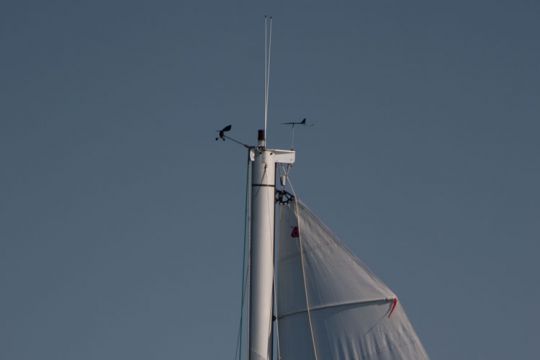
Where to position the antennas?
To take full advantage of the benefits of AIS, you need to choose the right location for your antenna. In fact, the antenna is the essential link for picking up the radio signals that feed the AIS. The higher the antenna, the greater the range.
However, the AIS antenna doesn't have to be as high as the VHF antenna. This is because AIS signals are digital, whereas VHF signals are analog. Digital signals are easier to decode and reproduce without loss, even when disturbed by noise. Analog signals, on the other hand, are more sensitive to interference and can become inaudible if the noise is too strong.
The AIS antenna can therefore be positioned lower than the VHF antenna. The VHF antenna should be positioned as high as possible, at the masthead on a sailboat or on the wheelhouse on a motorboat.
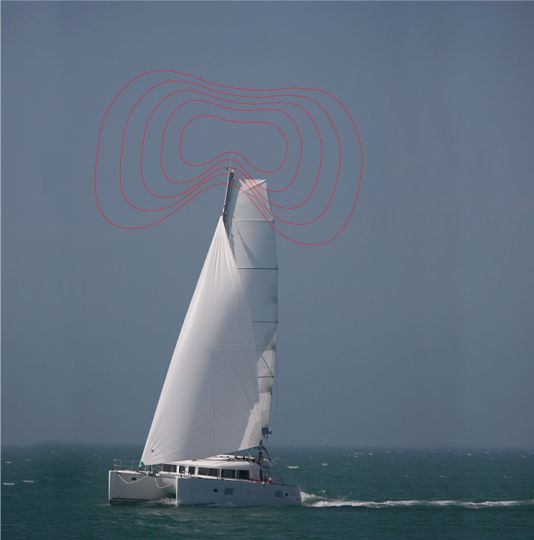
How are waves scattered around an antenna?
Horizontally, the waves are broadcast 360° all around the antenna. But vertically, the antenna diffuses very little downwards. That's why it's advisable to offset the antennas vertically. For example, on a sailboat, the VHF antenna at the masthead and the AIS antenna on the aft gantry. Another solution is to place the AIS antenna on a spreader bar. As a last resort, you can also install the 2 antennas on either side of the mast, furthest apart.
On a speedboat, if the antennas are at the same height, at least 2 m must be left between the 2 antennas.
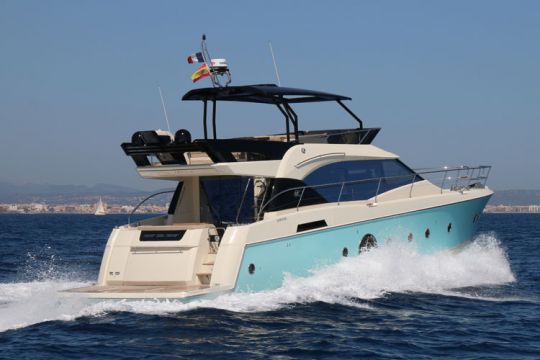

 /
/ 